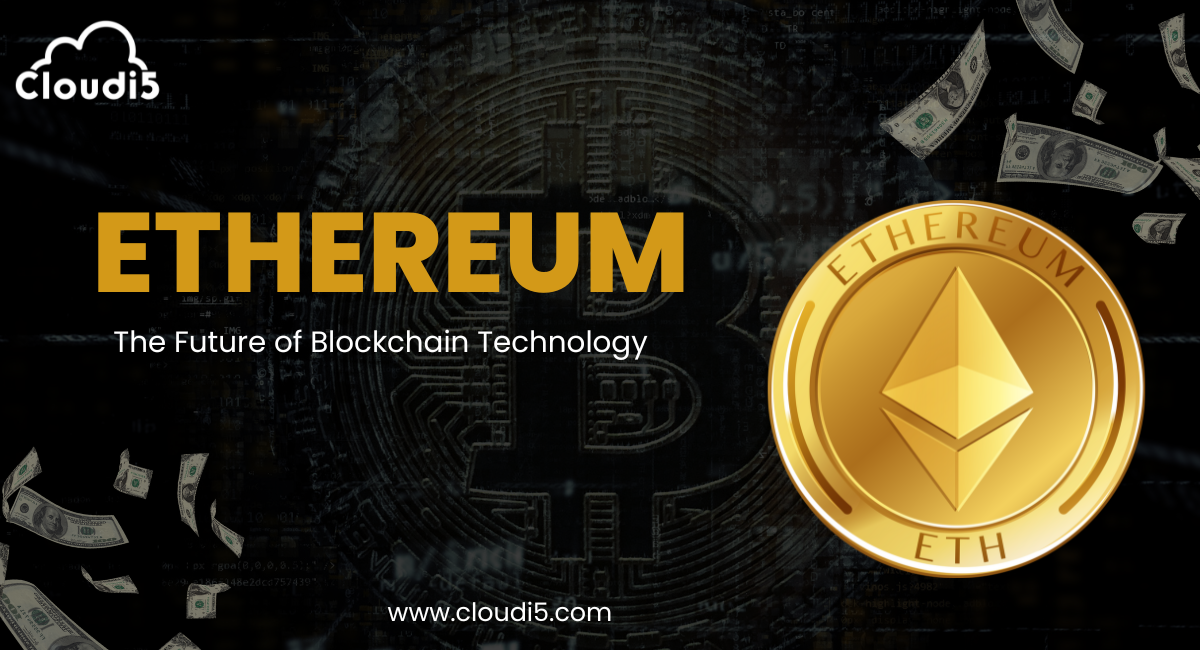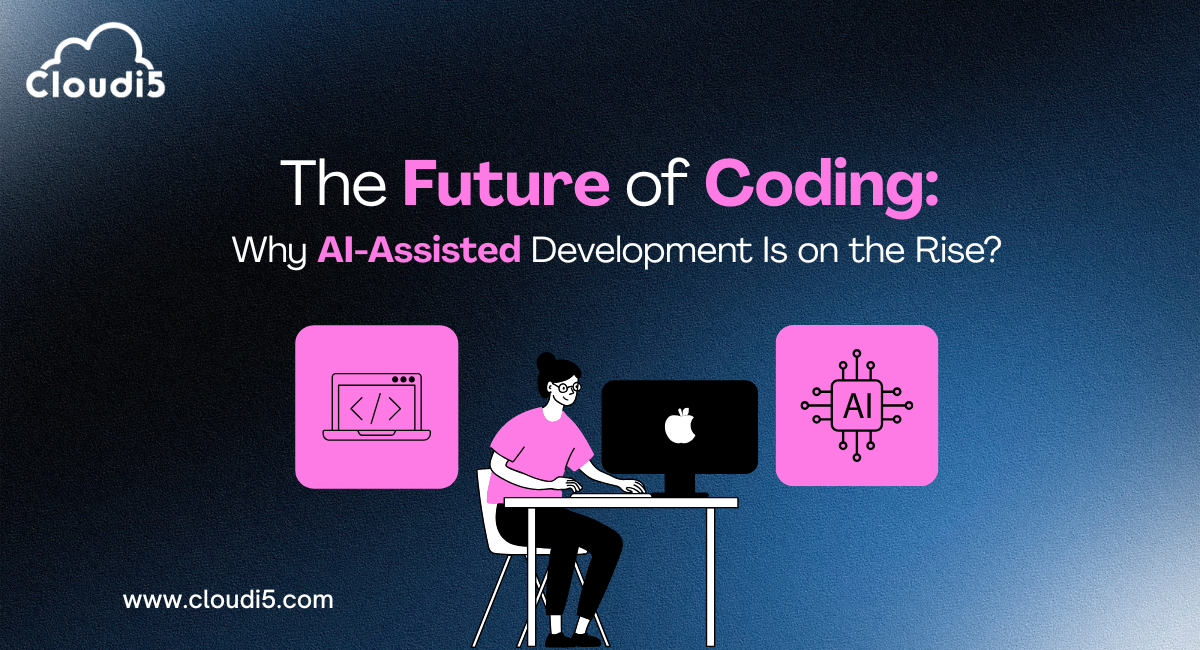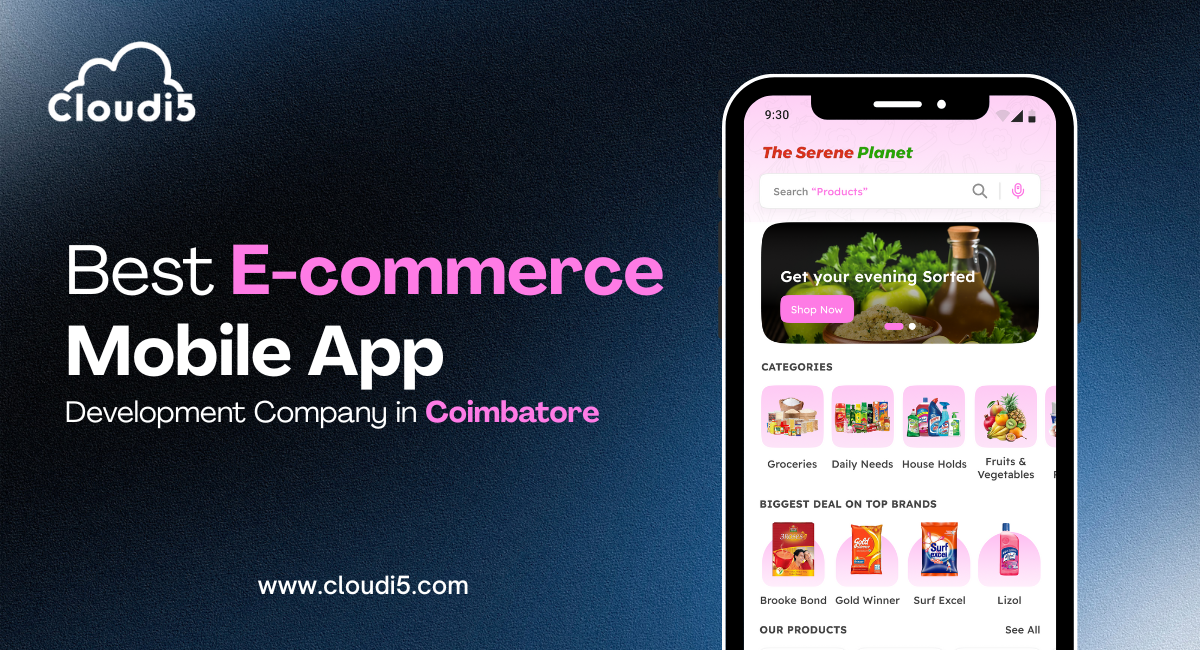
Ethereum: The Future Of Blockchain Technology
Yo, fam! Let's talk about Ethereum, the blockchain that's straight-up fire. Think of it as the OG of smart contracts, the MVP of the crypto world. It's like the ultimate digital playground where you can build anything from DeFi apps to NFTs that'll blow your mind.
Ethereum's got that vibe, man. It's like the OG of Blockchain, but with a fresh new look. In this blog, we’ll look at why Ethereum is a big deal in blockchain technology. Curious about what makes it unique?
Get ready to be mind-blown!
Ethereum History
Ethereum was created by Vitalik Buterin, a programmer from Canada. He published the idea for Ethereum in 2013, and the network started in 2015. Some important events include the launch of Ethereum Classic in 2016 after a split and the growth of many apps and tools on Ethereum.
What is Ethereum?
Ethereum is a decentralized platform that runs smart contracts. Imagine it as a huge global computer that can run code without needing middlemen. It’s a blockchain system where developers can build and run applications.
Example: A Simple Real-Time Application
Imagine an online marketplace where people buy and sell digital items:
- Buyer Places an Order: The buyer sends Ethereum to a smart contract.
- Smart Contract Checks Payment: The contract makes sure the payment is correct.
- Seller Sends Goods: If the payment is confirmed, the seller sends the digital item to the buyer.
- Transaction Completed: The whole process is recorded on the Ethereum blockchain, making it secure and transparent.
How It Works?
- Blockchain: Ethereum uses a blockchain, like Bitcoin. It’s a shared digital ledger that keeps track of transactions in a secure way.
- Smart Contracts: These are automatic agreements written in code. They execute actions when certain conditions are met. For example, a smart contract might send money to a seller after a buyer confirms they've received their goods.
- Decentralized Apps (dApps): These are apps built on the Ethereum blockchain. They use smart contracts to provide services like online finance (DeFi), games, and supply chain tracking.
Key Features of Ethereum
Smart Contracts: The Building Blocks of Ethereum
- What are they? Smart contracts are like digital agreements written in code. They automatically carry out actions based on certain conditions.
- How do they work? When specific conditions are met, the smart contract executes the terms automatically on the blockchain, without needing a middleman and reducing fraud risk.
- Significance: They can be used in many areas, like managing supply chains or in finance, making transactions more trustworthy, cheaper, and faster.
Decentralized Applications (dApps): The Future of Apps
What are they? dApps are apps that run on the Ethereum blockchain. They are not controlled by one single entity but are spread across the network.
Use cases:
- Decentralized finance (DeFi): Lend, borrow, and trade cryptocurrencies without middlemen.
- Gaming: Create virtual worlds and economies using blockchain.
- Supply chain management: Track products from start to finish, ensuring they are genuine and transparent.
- Social media: Build platforms that resist censorship and protect user privacy.
Ethereum Virtual Machine (EVM): The Engine of Ethereum
What is it? The EVM is a virtual computer on the Ethereum blockchain that runs smart contracts.
Role: It gives developers a standard way to write and use smart contracts, ensuring that different dApps work well together.
These elements together enable the creation of a wide range of innovative and decentralized applications.
Ethereum vs. Bitcoin
Differences in Purpose:
- Bitcoin: Mainly created as digital money to be used like traditional currencies. Its main job is to let people send money directly to each other.
- Ethereum: Designed to be a platform for building apps that run on its blockchain. It has its own cryptocurrency, Ether (ETH), but its main goal is to support many types of applications beyond just digital money.
Technological Differences:
1. Consensus Mechanism:
- Bitcoin: Uses Proof of Work (PoW). This method involves solving tough puzzles to confirm transactions and is known to use a lot of energy.
- Ethereum: Started with PoW but now uses Proof of Stake (PoS). PoS is more energy-efficient and involves holding ETH to validate transactions. It also has features to keep the network secure.
2. Smart Contracts:
- Bitcoin: Does not support smart contracts.
- Ethereum: Supports smart contracts, which are self-executing agreements written in code. These allow for complex apps to run on the Ethereum network.
3. Scalability:
- Bitcoin: Struggles with scaling, which means it has trouble handling a large number of transactions quickly.
- Ethereum: Is working on solutions to improve speed and reduce costs, such as layer-2 protocols and sharding.
Bitcoin and Ethereum both use blockchain technology, but they have different main goals and features. Bitcoin is mostly digital money, while Ethereum is a platform for building various decentralized apps. Their different methods and features show their unique purposes.
The Potential of Ethereum in Various Industries
Decentralized Finance (DeFi)
What is DeFi? DeFi is a new way to handle money without banks. Ethereum helps by letting people use smart contracts for these services.
Key Benefits:
- Financial Inclusion: Helps people without traditional bank access.
- Transparency: All transactions are visible and secure.
- Efficiency: Cuts out middlemen, making transactions faster and cheaper.
- Innovation: Creates new financial tools and services.
Supply Chain Management
How does it help? Ethereum tracks products securely and clearly.
Key Benefits:
- Transparency: Easy to follow each step of a product’s journey.
- Efficiency: Reduces paperwork and speeds up processes.
- Trust: Provides a clear, verifiable record of transactions.
Gaming
How does it work? Ethereum allows players to own and trade in-game items as unique digital tokens (NFTs).
Key Benefits:
- Ownership: Players truly own their items and can trade or sell them.
- Interoperability: Items can be used across different games.
- Fairness: Ensures fair play and prevents cheating.
Ethereum is changing finance, supply chains, and gaming by making them more transparent, efficient, and innovative.
Current Innovations and Upgrades in Ethereum
Ethereum 2.0
- Proof of Stake (PoS): Moving from Proof of Work (PoW) to PoS to save energy, boost security, and make the network more decentralized.
- Sharding: Splits the blockchain into smaller pieces to handle more transactions and lower fees.
- Beacon Chain: Manages the staking process and supports the new sharded network.
Rollups
- Optimistic Rollups: Process transactions off the main chain and submit one combined transaction, making things faster and cheaper.
- ZK-Rollups: Use advanced math to verify transactions privately and quickly.
Other Innovations
- EIP-1559: Changes how transaction fees are handled by burning some ETH, which could make ETH more valuable.
- Layer-2 Solutions: Extra methods like state channels and plasma to improve speed and efficiency.
These upgrades are key for Ethereum to stay at the top, making it better for decentralized apps and blockchain use.
Challenges and Future Outlook for Ethereum
Challenges:
- Scalability: Even with upgrades like Ethereum 2.0, the network can still struggle with high traffic.
- Security: Smart contracts can have bugs, and hacks are a risk.
- Regulatory Uncertainty: Rules for cryptocurrencies are still unclear, causing uncertainty for users and developers.
- Competition: Other blockchain platforms offer similar features and might be faster or greener.
Future Outlook:
- Scalability Improvements: Ethereum is working on better ways to handle more transactions and complex apps.
- Enhanced Security: Efforts are ongoing to make the platform more secure.
- Regulatory Clarity: As rules become clearer, Ethereum will benefit, making it easier for businesses to use.
- Innovation: The active Ethereum community keeps bringing new ideas and applications.
Despite the challenges, Ethereum's future looks bright with ongoing improvements and strong community support.
Conclusion
We’ve looked at Ethereum’s main features, its role in creating decentralized apps, and its smart contracts. We’ve also covered its potential in various industries and the latest upgrades like Ethereum 2.0. Ethereum is a powerful platform with lots of potential. It can change industries like finance, supply chains, and gaming. Though it faces challenges, its strong community and ongoing improvements promise a bright future.
For more insights into blockchain technology, check out our other blogs. Stay informed and be part of the blockchain revolution!
Trusted By












Leave Comments